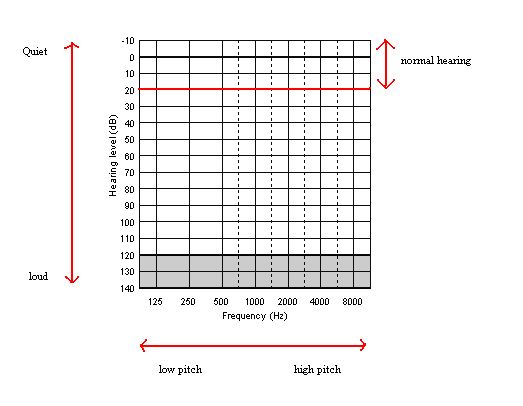Hi
This is a very interesting subject. The FM Curves, Fletcher Munson which made an apparition in this thread to quickly be dismissed as irrelevant (not verbatim but a few posts would intone that)...
Let's take an example I took from WBFer, Mitchco book;
Let's suppose a recording mastered in a studio at say an average SPL of 90dB... We suppose they have the best electronics, best room and the best speakers around ... To these mastering engineers the recording has serious bass ... and they're right. Now let us suppose a superb SOTA system capable of 8 Hz to 40 KHz linearly. Low distortion, great musicality, the best Vinyl gear, the whole nine yard.. but playing the same recording at an average of 75dB SPL. To most people the recording would sound as lacking bass, because our ears are not as sensitive to bass as they are to middle frequencies at those levels. Not a matter of taste or preference , a fact.. Thus it would be best to play said cut at 90 dB average SPL if your system is capable and your mood to accept this. That suggests to me there is an ideal listening level and it varies from recording to recording , even cut to cut.
WHat the FM curves don't seem to show is how much our High Frequencies perception fall with age, and for most of people above 50 , we don't hear anything above 15 KHz and it requires a lot of SPL for many of us to even discern that. There are such tests on the Internet. They suggest that as we age for us to hear certain frequencies, we need sometimes to raise the volume, to increase the SPL. SOme have hypothesized that such was the basis of many so-called High End speakers to have a lifted treble. A trend some here at WBF have mentioned. Yet not hearing the top frequencies is not as serious an impediment as some would think. We will recognize a violin regardless. We may not hear all the overtones but we will know it is a violin... or a Cello.
While we would love to think we hear that differently, we don't. Our hearing apparatuses are very similar. The processing may differ which manifest itself in our choices. Culture and biology have us preferring some sounds over others, they're picked up through very similar devices nonetheless.







